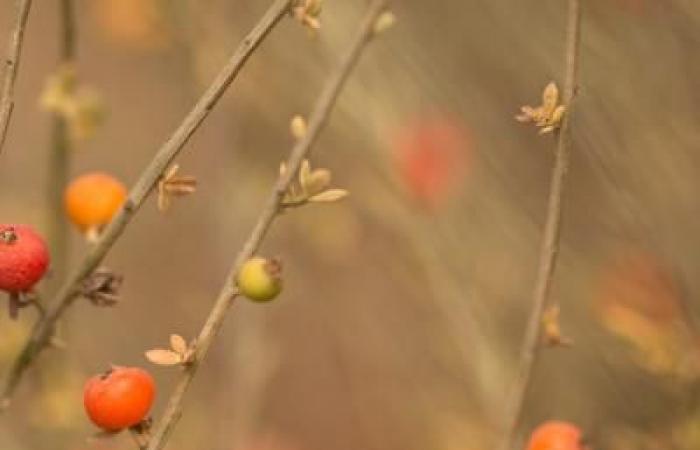For Hardy, it is impossible to know exactly why prehistoric humans in what is now Morocco chose to consume this plant.
However, “we cannot rule out any type of use, particularly in the context of a potential funeral ceremony. Its presence in association with the burial…probably had significance. »
Archaeologist Anna Maria Mercuri of Italy’s University of Modena and Reggio Emilia, who specializes in prehistoric plant use and was also not involved in this study, believes that the cones ofEphedra found in the Pigeon Cave testify to “competent, sophisticated and, for us, surprising human behavior”.
“There is no doubt that we humans learned very early to use plants based on their properties, seeking their benefits as well as their help in controlling nature. »
If the Iberomaurusians understood the effects of plants of the genus Ephedrait is possible that they also used them in other contexts. According to Morales, evidence indicates that these ancient peoples mastered some primitive surgical procedures, such as tooth extraction or trepanation, which involves drilling a small hole in the skull to treat disease.
“Given the vasoconstrictor properties ofEphedrait is possible that the plant was used to limit bleeding during these surgical procedures,” he suggests. “Its antibacterial and antifungal effects could also have served to promote healing by reducing the risk of infection. »
This new discovery appears to constitute the very first evidence indicating that prehistoric humans also knew how to use plants for healing.
Researchers had previously proposed that prehistoric pollen found in a Neanderthal “flower burial” in Shanidar Cave, Iraq, came from yarrow and chamomile, plants with mild sedative properties. This burial is 70,000 years old, and therefore much older than that of the Pigeon Cave. More recent research, however, has suggested that the pollen may have been deposited by bees in modern times.
Ancient writings found in China, Egypt and Mesopotamia, such as theEpic of Gilgamesha 4,000-year-old Sumerian poem that is one of the oldest written texts in the world, describes plants used for medicinal purposes.
Ephedrine was also recently found in 3,000-year-old strands of hair discovered on the island of Menorca, alongside hallucinogenic plant substances such as atropine and scopolamine.
Morales did not expect to find cones ofEphedra when his team embarked on the microscopic analysis of the burial.
“It is rare to discover remains of fruit fromEphedra on archaeological sites,” he reveals. “To our knowledge, no discoveries of this type have been made on sites dating from the Paleolithic. Finding them concentrated in one of the oldest cemeteries in Africa was therefore completely unexpected. »
The study of hair from the island of Menorca suggested that ephedrine was consumed with the aim of alleviating the symptoms caused by taking hallucinogens, and according to Morales, it is possible that it was used to similar ends in the Pigeon Cave.
L’Ephedra could just as easily have been consumed for other reasons, such as to delay sleep, relieve pain during ritual events, or reduce fatigue after harvesting the special foods of the feast.
However, it is unlikely that it was used for a simple trip.
“We don’t think it was used for recreational purposes, as is often the case today, because this practice is more contemporary,” explains Morales.
Ethnobotanist Giorgio Samorini, an independent researcher who studies the use of psychoactive drugs in prehistory and who was also not involved in Morales’ study, says the recent archaeological discoveries “finally answer what has been known until now.” now an enigma on the knowledge and use of plantsEphedra in the past of humanity.
“What makes the discovery in Morocco exceptional is that it is very old and the first of its kind on the African continent. »
Many modern archaeologists believe that these drugs were used for medicinal purposes. However, if we do not know exactly why the Iberomaurusians of the Pigeon Cave consumed cones of plants of the genus Ephedratheir use at the time might have been very different from how we use them today.
According to Samorini, only one thing is certain: “Ancient humans also experienced the incredible effects of these plants. »






